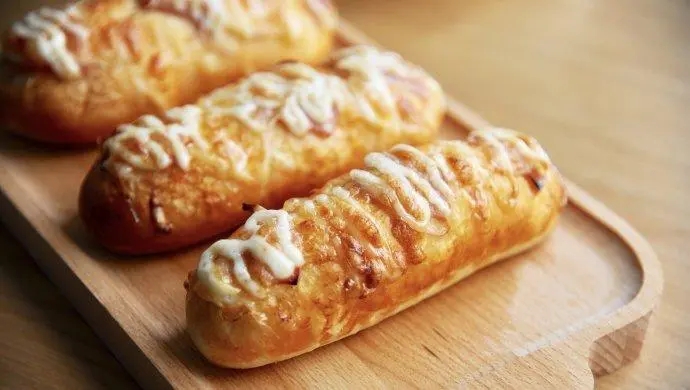Phospholipid Professional Manufacturer, Improve Food Texture
Time:2024-07-24
The application of phospholipids in baked goods is not primarily for direct coloring and flavor effects but is more focused on emulsification, stabilization, antioxidant properties, and improving the texture of the food.
Phospholipids are excellent emulsifiers that can mix oil and water together, ensuring their even distribution, thus enhancing the stability and mouthfeel of the food. In baked goods such as bread, cakes, and cookies, the emulsifying action of phospholipids helps prevent oil and water separation, maintaining the texture and mouthfeel of the food. This emulsifying effect indirectly contributes to the appearance of the food, as a uniform texture often makes the food look more appealing.
Phospholipids help maintain the stability of baked goods, reducing the risk of sedimentation and phase separation. This is crucial for the final appearance and texture of baked goods. A stable emulsion ensures that the food retains its original texture and form during processing and storage, thereby maintaining its attractive appearance.
Phospholipids also have some antioxidant properties, reacting with free radicals to slow down the process of food oxidation and spoilage, thus extending the shelf life of the food. Adding an appropriate amount to baked goods can effectively prevent lipid oxidation and rancidity, preserving the color and flavor of the food. While phospholipids themselves do not directly color the food, their antioxidant effect helps maintain the original color of the food and prevent color changes due to oxidation.
Phospholipids can improve the texture of baked goods, making them softer, moister, and more palatable. Adding them to products like bread and cakes helps improve the dough processing, enhances the nutritional properties of the products, and gives them a smooth and delicate texture. Additionally, phospholipids can form lipoprotein complexes with gluten, increasing the elasticity and flexibility of gluten, improving the dough's gas retention, and resulting in larger, softer baked products.
Although phospholipids do not directly provide flavor, their application in baked goods can indirectly affect the flavor of the food. For example, the emulsifying action of phospholipids helps distribute various flavor components evenly throughout the food, making the flavor richer and more uniform. Moreover, their stabilizing action helps maintain the flavor stability of the food during storage.
In summary, the application of phospholipids in baked goods is mainly reflected in emulsification, stabilization, antioxidant properties, and improving the texture of the food, rather than direct coloring and flavor effects. However, these functions indirectly contribute to the appearance and flavor performance of baked goods. In practical applications, the specific needs and formulation design of the baked goods should guide the reasonable addition of phospholipids.


 CN
CN





